Te Ipukarea Society: Citizen science to guide turtle conservation
Saturday 22 February 2025 | Written by Te Ipukarea Society | Published in Editorials, Environment, National, Opinion

Citizen science data highlights one of Avaavaroa’s regular residents spotted earlier this month, and in the same passage back in 2021. TIS/25022101
Turtles are an integral part of marine ecosystems, and the Cook Islands is home to a few species, including the endangered Green Turtle and the critically endangered Hawksbill turtles.
These incredible reptiles play crucial roles in maintaining the health of coral reefs by controlling the populations of jellyfish and algae, as well as contributing to the overall biodiversity of the ocean.
The Cook Islands, a tropical paradise, has historically been a sanctuary for these majestic creatures, with nesting sites spread across various islands.
Rarotonga, the largest and most populated island, was once a known nesting island for turtles, particularly around the areas of Tupapa and Titikaveka, but this is not the case anymore. A combination of environmental changes, such as coastal development, light pollution and an increase in roaming dogs and cats, has deterred turtles from nesting on Rarotonga.
Despite these nesting deterrents, Rarotonga’s passages remain a favoured habitat for green and hawksbill turtles to rest and feed on jellyfish and algae.
To monitor Rarotonga’s turtle population, a citizen science project launched by Te Ipukarea Society enables the general public to contribute to better understanding of our turtle population by sharing photos of the turtles they have seen whilst swimming.
Each turtle has its own unique pattern on its face which is used through photos to determine if the turtle is a new or a reoccurring individual.
To add to current citizen science turtle tracking results, the TIS team ran a quick survey earlier on in the month within the Avaavaroa Passage area. Nine individual green turtles were photographed, three of which were recurring individuals, while six were new to the database. Of the three recurring turtles, one had been seen in Avaavaroa Passage since 2021. A good example of a ‘residential turtle’ that is quite happy spending its days in Vaimaanga.
Other observations carried out included observing the underbelly of the turtles, with signs of emaciated turtles being picked up by turtle experts overseas, through turtle photos shared online.
Green turtles are known to eat seagrass which the Cook Islands does not have. They instead have adapted to eating what’s available which includes jellyfish and seaweed like Turbinaria ornata, the spiny leaf seaweed. Some observers have even seen the Green Turtles eating Rori, the sea cucumber!
One hundred and nine (109) individual turtles have now been recorded for Rarotonga through the Citizen Science programme, with 90 being green turtles and 19 being hawksbill turtles.
The turtle tour activities taking place in Avaavaroa were also observed during our survey.
Whilst the area still remains unregulated, there is a draft Environmental Management Plan which considers how the marine habitat and wildlife can be protected, through guidelines and a recommended licensing regime for the turtle operators.
The draft plan still requires some work. The turtle tours present a complex situation. They bring in significant revenue and provide local employment, but also may threaten the wellbeing of the turtles through close human interaction.
A public consultation based on the Plans recommendations will be held once signed off by Government.






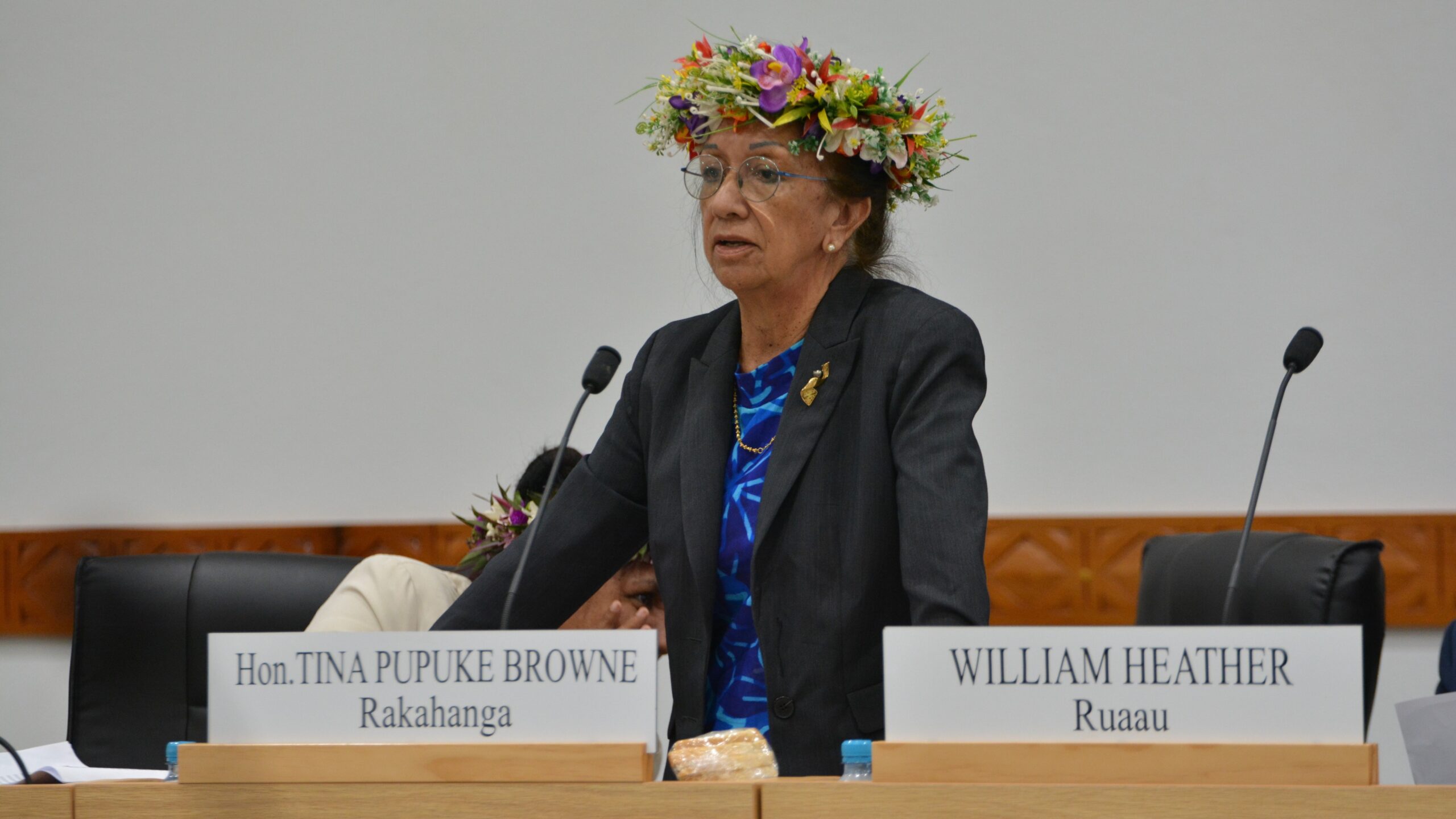
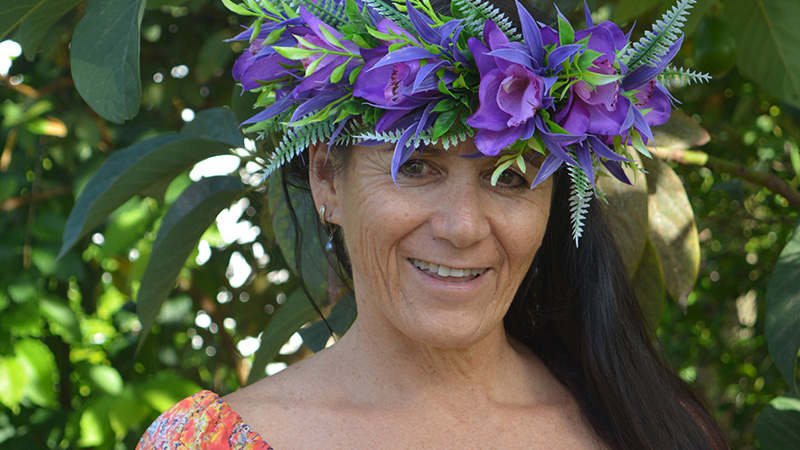
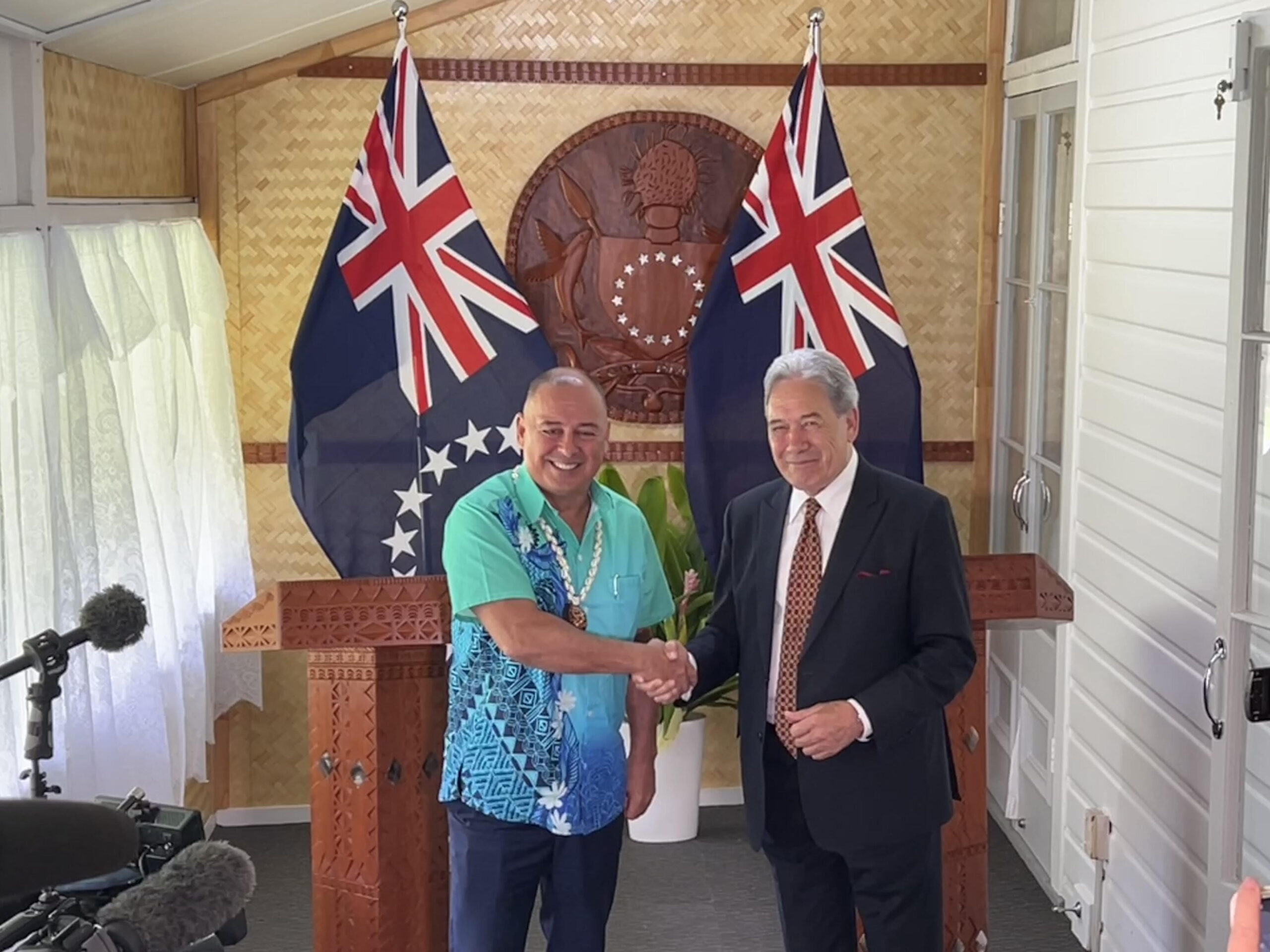





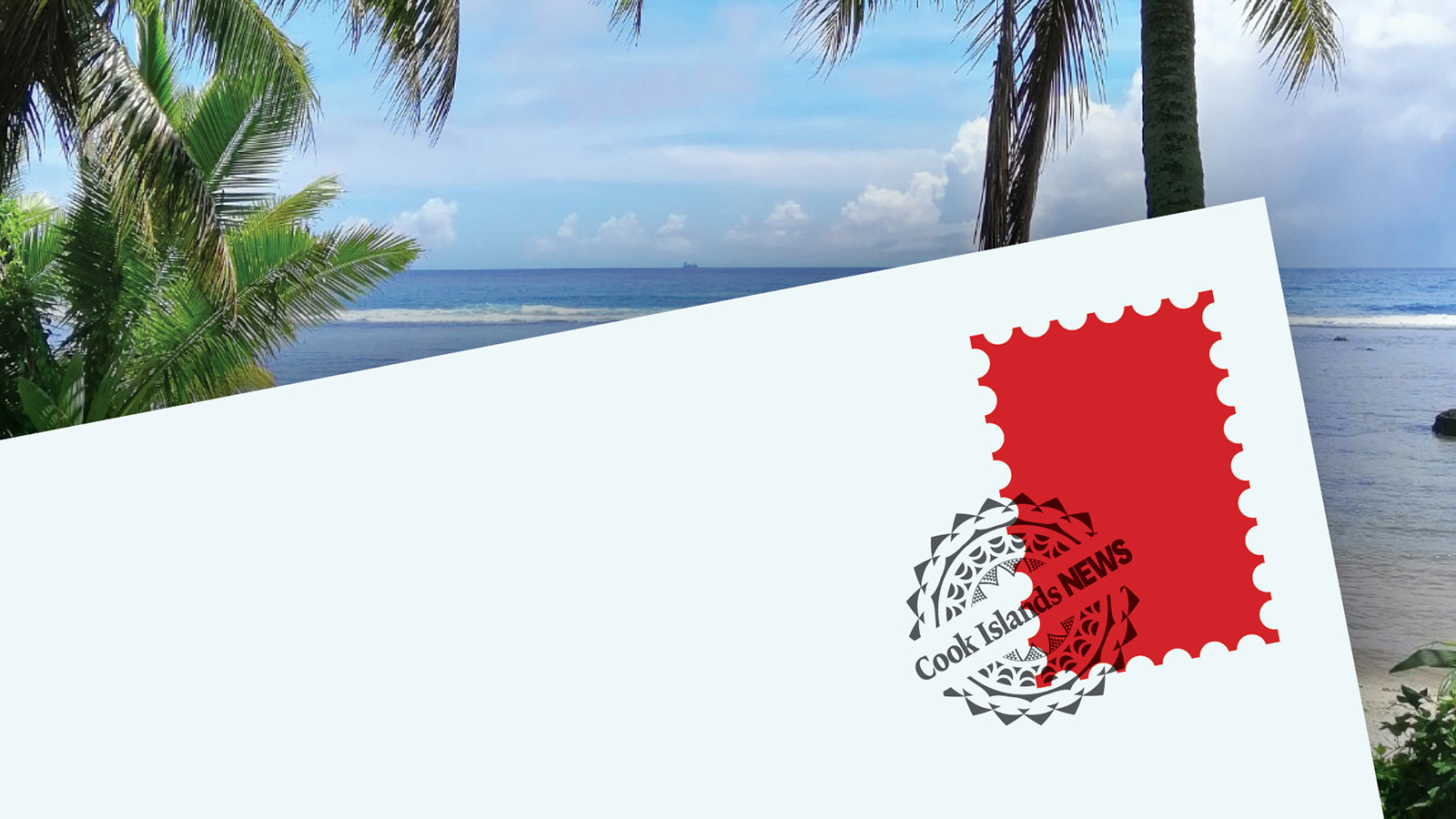

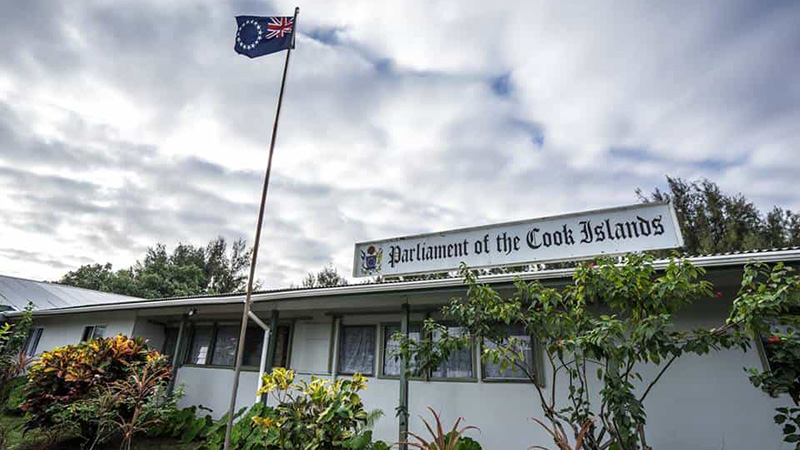



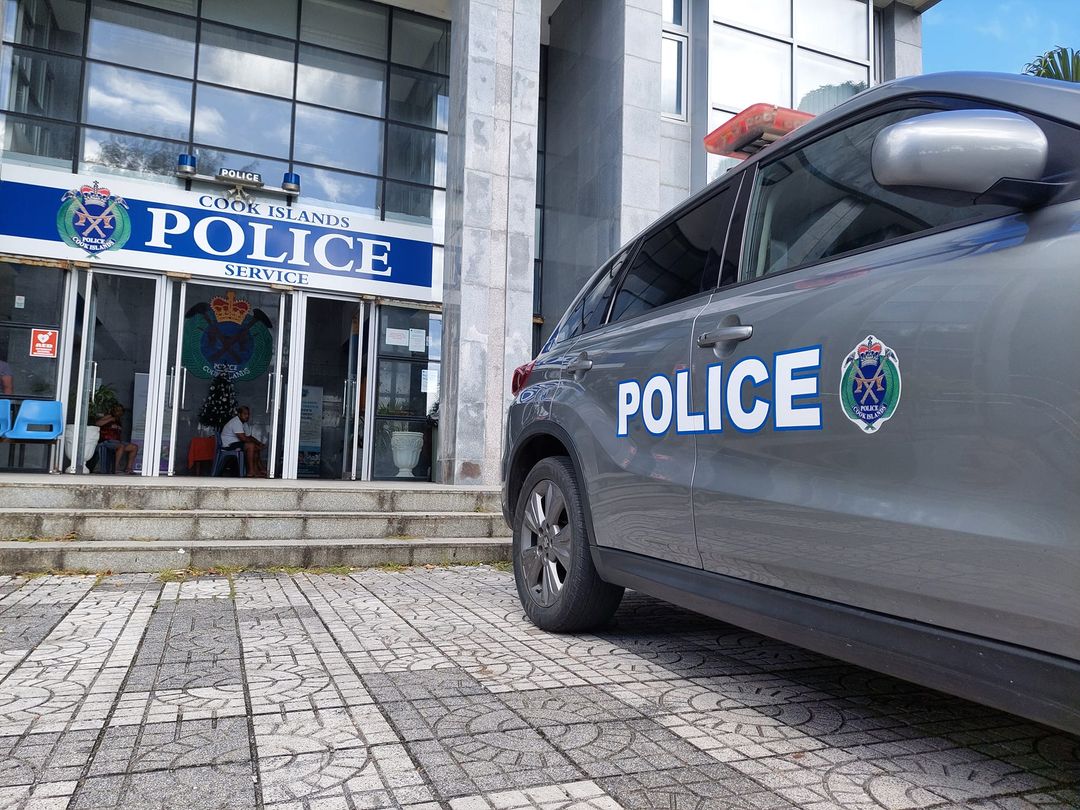






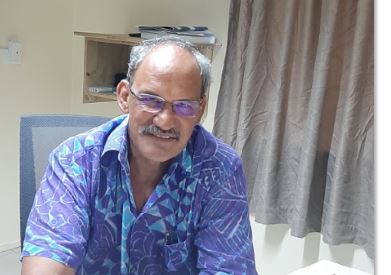













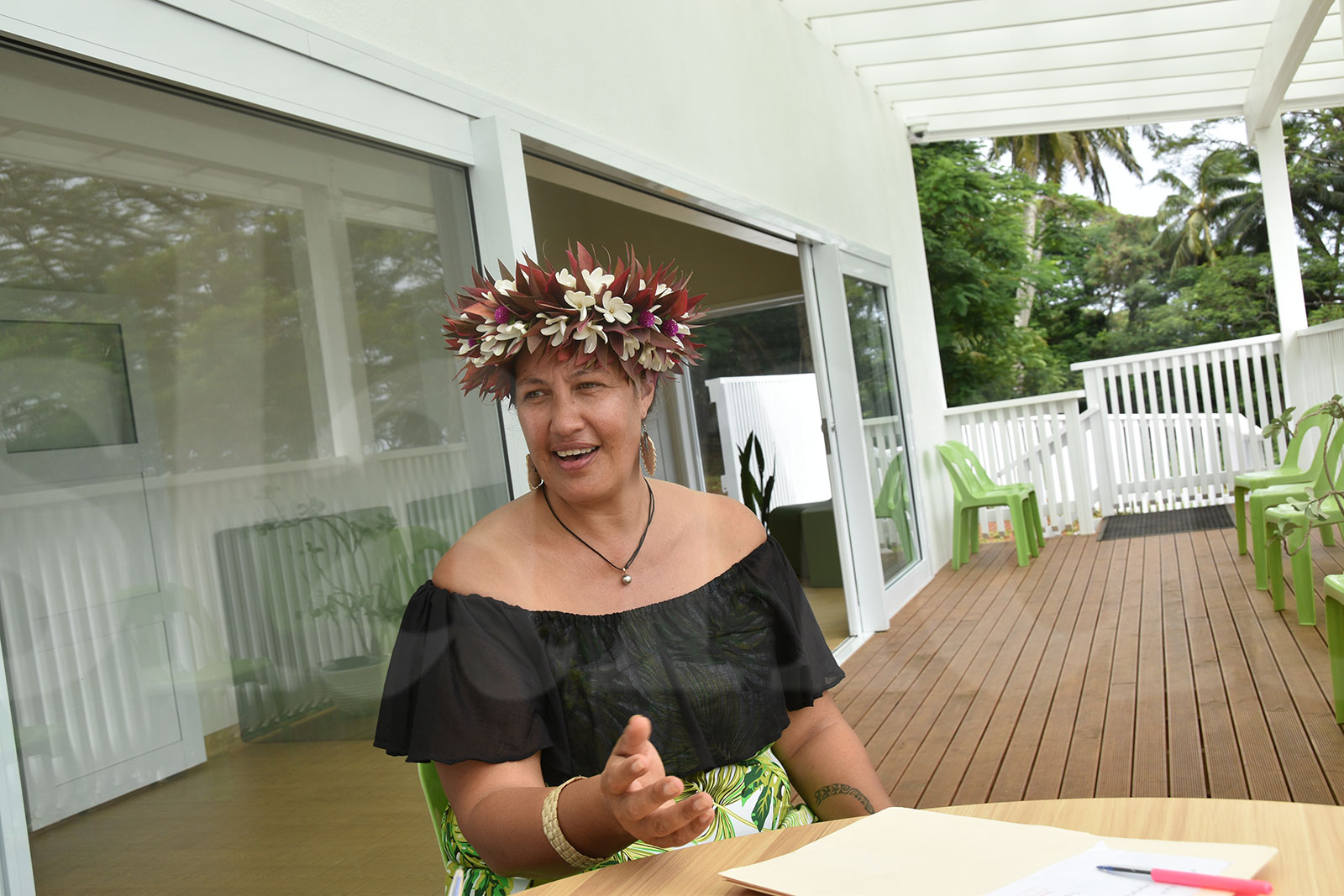


Comments